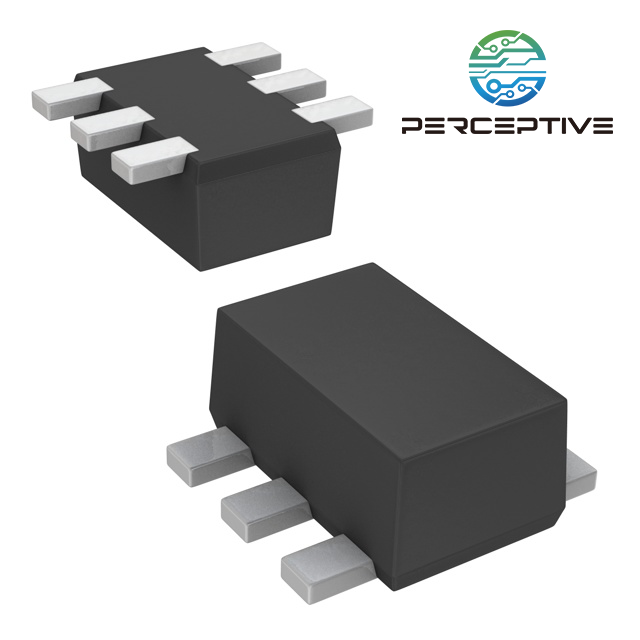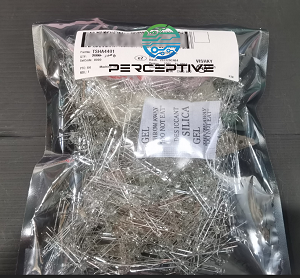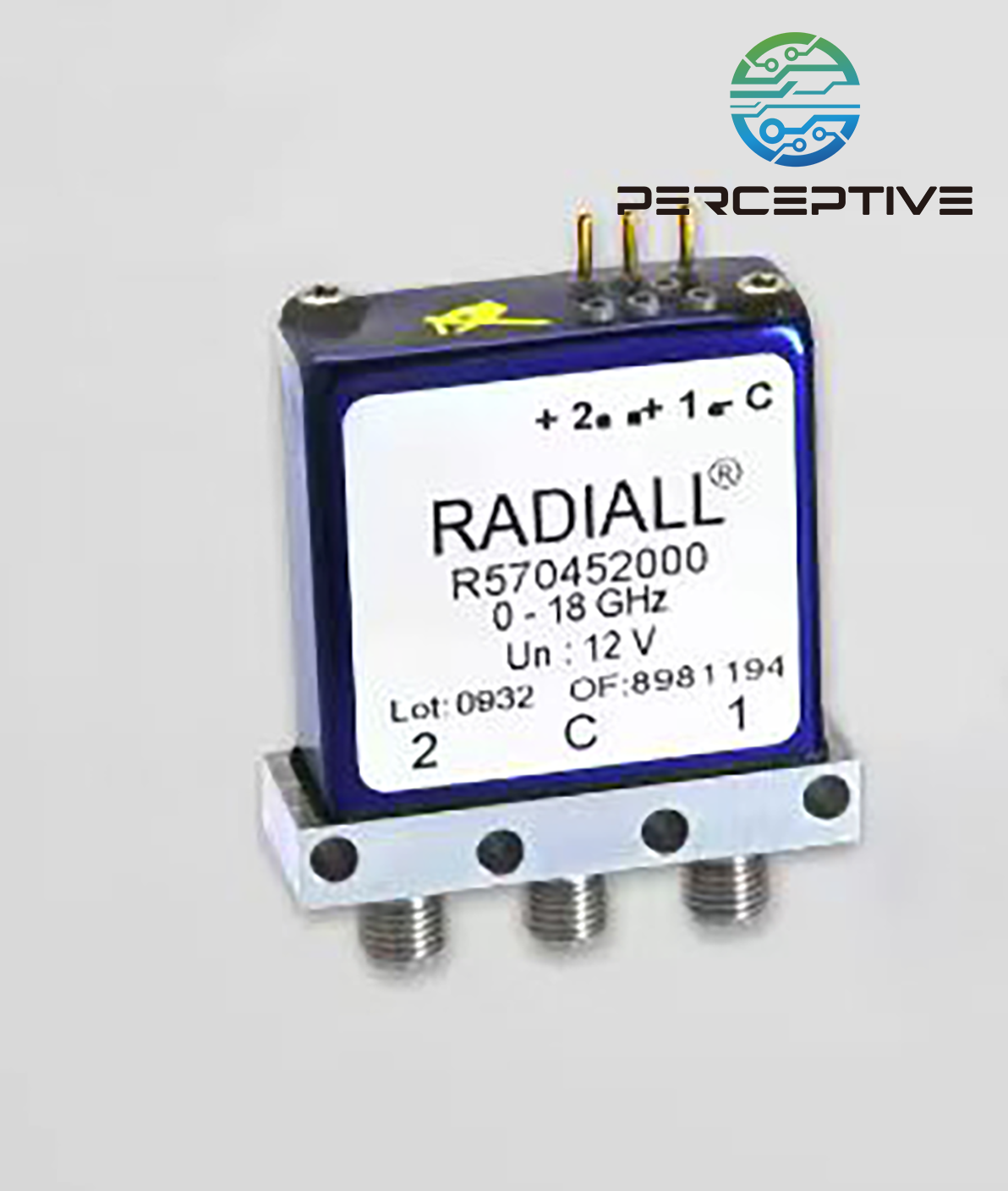Temperature sensors play a vital role in modern industrial and technological applications. Whether in the automotive industry, medical devices, electronics or industrial automation, temperature sensors are a key component in ensuring proper equipment operation and product quality. To ensure the reliability and stability of temperature sensors, they must be rigorously tested and inspected to meet a variety of industry standards and regulations.
The Importance of Temperature Sensors
A temperature sensor is a device that converts temperature into a readable value or electrical signal. They are used in a wide range of environments, including extreme temperatures, pressures and chemical environments. Therefore, the accuracy and reliability of temperature sensors are critical to ensure proper equipment operation and product quality.
The Importance of Reliability Testing
Reliability testing is the process of evaluating a product's ability to operate safely and durably under specific conditions. In the case of temperature sensors, reliability testing helps manufacturers and users understand how the sensor performs under different temperature, humidity and pressure conditions. This helps identify potential points of failure in advance and ensures the long-term stability of the product.
Temperature Sensor Reliability Testing Standards
For temperature sensor reliability testing, there are some common standards and testing methods, including but not limited to:
Temperature Cycling Test: Temperature sensors are subjected to cycling tests at different temperatures to simulate temperature changes under actual use conditions. This helps to evaluate the accuracy and stability of the sensor at different temperatures.
Damp Heat Cycling Test: The sensor is subjected to high temperature and high humidity for cyclic testing to simulate operating conditions in a humid environment. This helps to evaluate the durability and stability of the sensor in a humid environment.
Vibration Test: Sensors are subjected to a vibration test to simulate the vibration environment that may be encountered during transportation or actual use. This helps assess the reliability of the sensor in a vibration environment.
Chemical Durability Test: The sensors are exposed to different chemical environments to assess the durability and stability of the sensors against chemicals.
Conclusion
Reliability testing inspection standards for temperature sensors are critical to ensure product quality and safety. By following the relevant standards and conducting rigorous testing, manufacturers and users can better understand the performance of sensors under various conditions, thereby improving product reliability and stability and ensuring the normal operation of equipment.
————————
About Perceptive Components Limited
We are one of the world's leading distributors of semiconductor and electronic components. With 21 years of business experience in the electronic components industry, we have in-depth cooperative relations with thousands of brand manufacturers and agents, focusing on TI, Microchip, NXP, Infineon, Intel, onsemi, ST, Micron.
To learn more about Perceptive, visit perceptive-ic.com. 



























